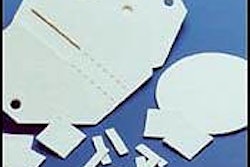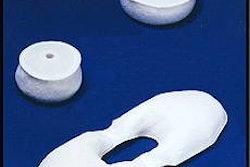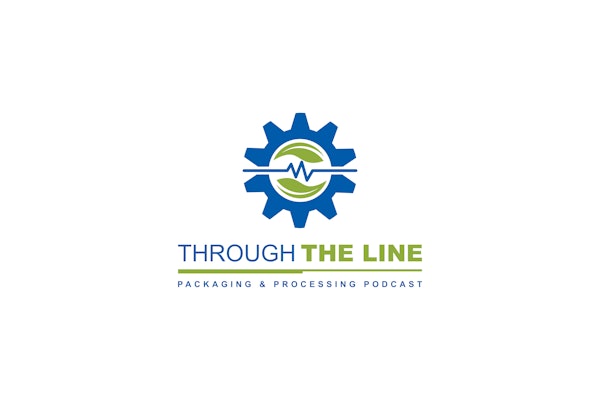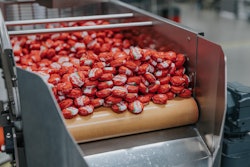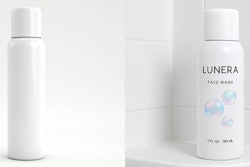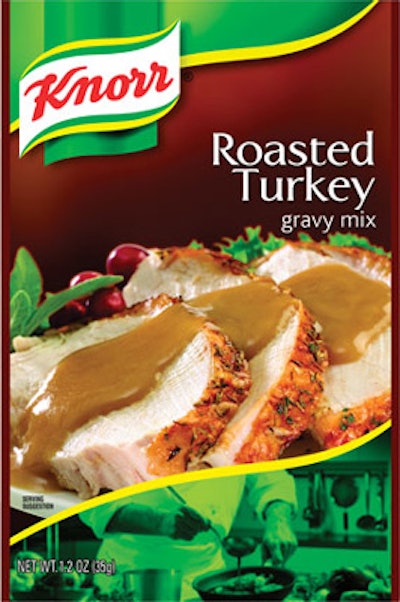
Unilever’s vast array of food brands include Knorr, its number one-selling brand, and Lipton, two of the most trusted names found on supermarket shelves. The packaging for these top selling foods is integral to consumer satisfaction, and for more than three decades Knorr and Lipton food products have been presented in sealed pouches made of paper/polyethylene/aluminum foil/PE (PPFP).
However, recent developments in packaging film technology prompted Unilever Foods North American Savory Division, Englewood Cliffs, NJ, to rethink that traditional construction. It did, and is replacing the foil layer with a technologically advanced, thin, barrier metallized biaxially-oriented polypropylene (BOPP) film. The “drop-in film replacement,” manufactured by Toray Plastics (America), permitted Unilever’s Savory Division to achieve greater barrier protection and produce a better consumer product. The change has also allowed Unilever to improve brand equity, create an aesthetically superior package, and gain significant production savings.
“Toray Plastics said it had a product that would meet or exceed all of our technical specifications,” says Michael Hughes, group manager, packaging technology, Unilever Foods NA of Englewood Cliffs, NJ. But the proof was in the package. “In a six-month trial, the pouches made with Toray’s metallized barrier OPP Torayfan® PC1 outperformed a control group of regular PPFP packaging in delivering a better food product because of their superior moisture and oxygen barrier protection properties. It became apparent that by making a switch we would be able to not only achieve improved brand equity, but significant economic advantages as well.” Torayfan PC1, a 50-ga metallized BOPP, which replaced foil of .000275” or .000285”, is part of Unilever pouch structures that range in thickness from 3.1 mil to 4.3 mil depending on the application.
Unilever first adopted Torayfan PC1 film for Lipton-branded side dishes in January 2005 and soups in July before continuing with Knorr products in October. “This was not a decision made in haste, especially with Knorr, which was first introduced in 1838 and today is our biggest selling brand,” states Hughes. Knorr is sold in more than 80 countries with sales totaling more than European €3 billion (approximately US $3.5 billion). “Both the Knorr and Lipton brands have an image of quality that is known and trusted by consumers, and maintaining that image is one of our top priorities.”
Third in line for conversion is Unilever’s Lawry brand seasonings, which are moving now into the new structure; the conversion is expected to be completed by the end of March 2006.
Punctures prevented, customers confident
By changing from foil to metallized BOPP, Unilever was able to achieve several performance improvements. “Better puncture resistance was very important to us because many of the Knorr and Lipton products contain freeze-dried noodles, which have very sharp edges,” says Hughes. The danger of punctures is especially severe when the pouches are compressed as they are packed inside shipping cartons. “The Torayfan film has outstanding puncture resistance, so we didn’t need to use special metallocene films in the lamination. According to the feedback from retailers that unpack the cartons, the problem of punctured pouches has been practically eliminated.”
